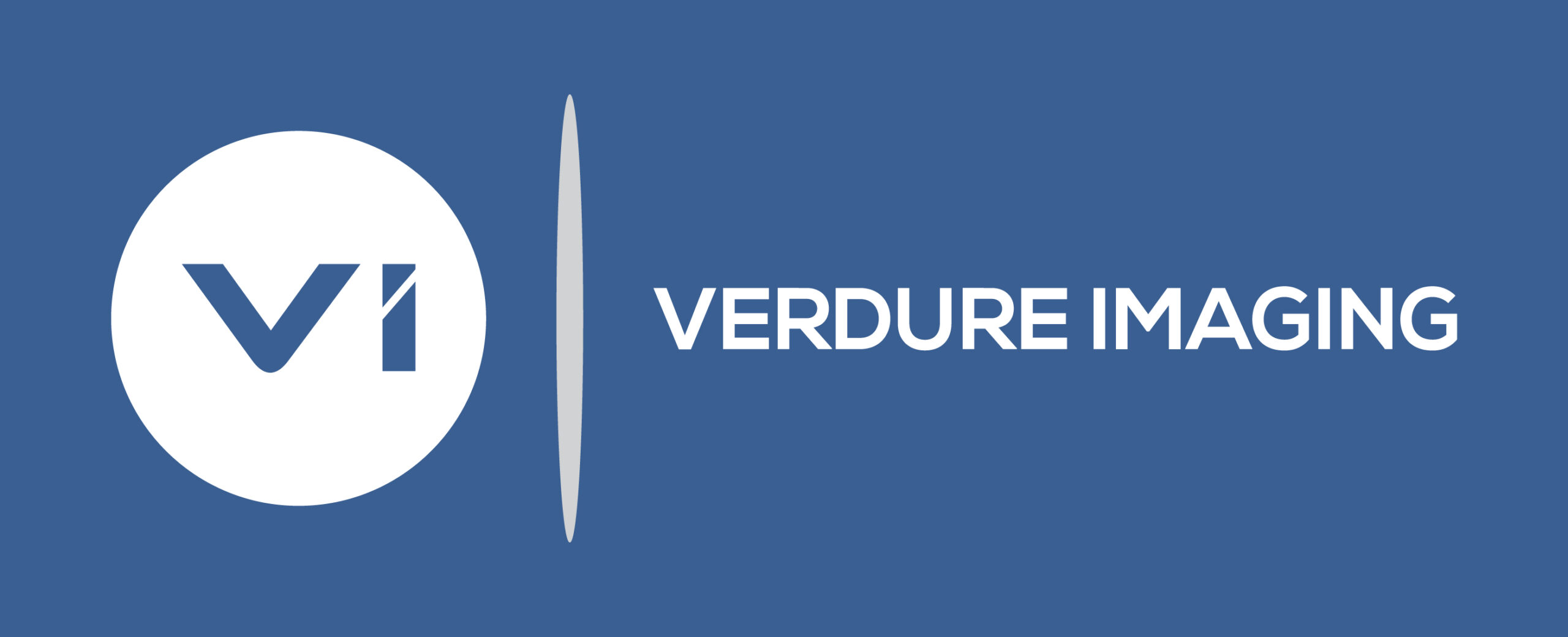Case Stories & Testimonials
Life Chiropractic College West
“This is a huge development in spinal imaging evaluation particularly in the context of scoliosis and beyond. As a Chiropractic Radiologist we are always cognizant of radiation dosage related to radiographic imaging. The ultrasound technology you’ve developed has an extraordinarily promising future. The ease of use, image resolution, and the evaluation of the spine that can be done is truly innovative and needed in the field. I am impressed with the strides you have achieved in the development of this technology and software. This will have a huge impact on the way we can evaluate scoliosis, spinal posture and beyond! We can’t wait to have this technology available to the college and colleagues alike.”
Dr. Jamie P. Motley, BS, DC, MSDI, DACBR
MSDI Program Director
Professor of Diagnostic Imaging
Clinical Chiropractic Radiologist


Thomas Jefferson University Hospital
Since 2022, we have been collaborating on research using SpineUs™ to compare 3D ultrasound with CT imaging and advance artificial intelligence development. Our work aligns with leading experts in the field, including Dr. Johannes Roedl, Associate Professor of Radiology at Jefferson University, who recognizes the transformative potential of ultrasound-based spinal imaging. Dr. Roedl has expressed strong support for Verdure Imaging’s efforts to develop innovative, non-invasive scoliosis analysis solutions, emphasizing the benefits of reducing radiation exposure while enhancing diagnostic accuracy and accessibility. We are excited to continue pushing the boundaries of spinal imaging and AI-driven advancements.
Johannes Roedl, MD, PhD
Associate Professor of Radiology
Division of Musculoskeletal Imaging and Interventions
Jefferson University
Cooper University Hospital
“As an Interventional Radiologist, I believe SpineUS™ holds significant promise for advancing the field of spine imaging and intervention. Its potential to replace traditional X-ray imaging for assessing spine curvature is a noteworthy development. In particular, SpineUS™ could enhance our ability to evaluate spinal alignment abnormalities without the need for ionizing radiation. This is important in reducing patient exposure to radiation during routine diagnostic imaging, especially in pediatric patients.
Perhaps the most exciting aspect of SpineUS™, however, is its potential impact on the practice of interventional procedures. As many procedures currently require fluoroscopic guidance to ensure accurate targeting—such as lumbar punctures, epidural injections, intercostal nerve blocks, and facet joint injections—SpineUS™ could provide a more efficient, cost-effective way to perform these interventions. The technology offers enhanced imaging of the spine with high-resolution, real-time ultrasound, allowing for precise needle placement without the need for fluoroscopy. This could reduce radiation exposure for both patients and practitioners, and allow for more office-based procedures.
As the technology continues to evolve, I anticipate that it will become an indispensable tool in both diagnostic and interventional spine care. SpineUS™ represents a significant step forward in both diagnostic imaging and procedural guidance, offering the promise of reduced radiation exposure and better patient access to spinal interventions.”
Anthony N. Hage, MD
Interventional Radiology
Cooper University Hospital


Published Research
Verdure Imaging’s work has been published in multiple studies over the years of research. The study published in IEEE Xplore titled “Automated 3D Ultrasound Imaging of the Spine Using Deep Learning” (DOI: 10.1109/TMI.2020.2974994) is one of the most notable research works involving Verdure Imaging’s technology.
This study highlights the use of deep learning to automate 3D ultrasound imaging of the spine, demonstrating how AI can enhance image acquisition and interpretation. The findings support the foundational technology behind SpineUs™, Verdure Imaging’s AI-enabled 3D ultrasound device. It reinforces the scientific credibility of the device, showing its potential for accurate spinal imaging without radiation.
